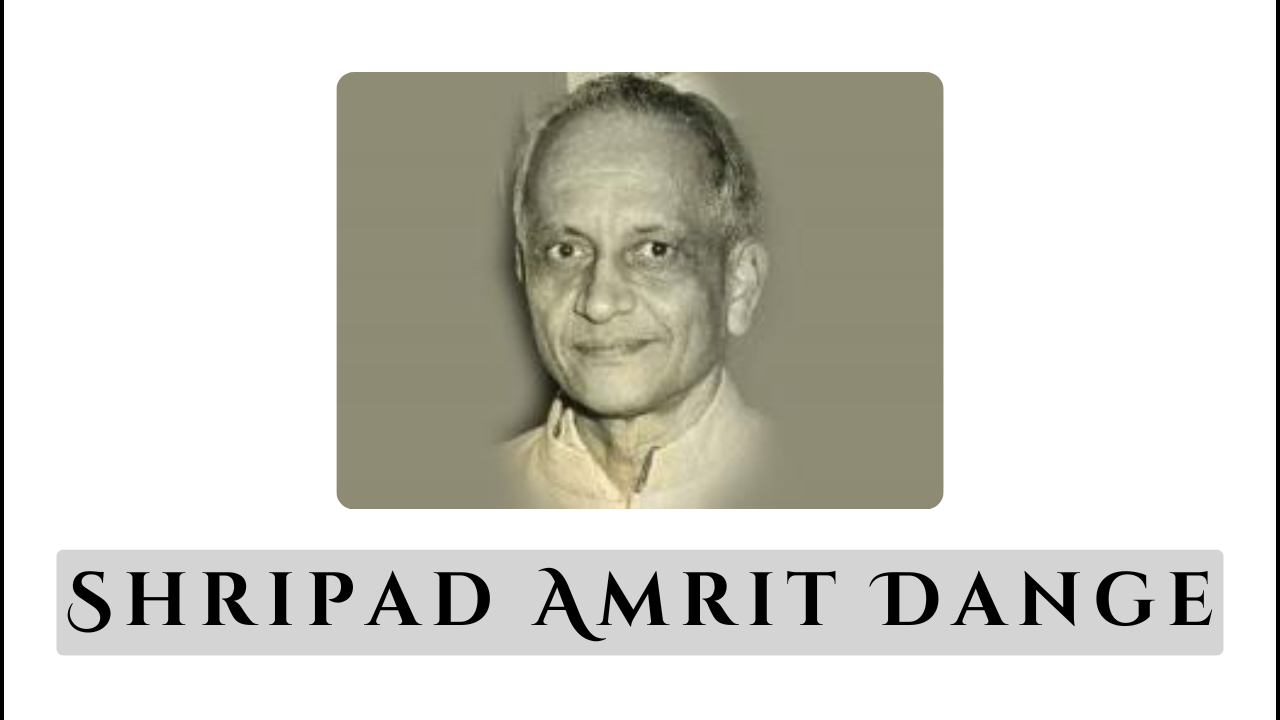Font size:
Print
Shripad Amrit Dange
Context:
125th Birth Anniversary of SA Dange.
About:
- Shripad Amrit Dange was a prominent Indian politician, trade union leader, and a founding member of the Communist Party of India (CPI).
- He played a crucial role in the Indian freedom movement and was instrumental in shaping the labour rights landscape in India.
Early Life and Political Affiliation:
- Dange was influenced by nationalist leaders like Bal Gangadhar Tilak and Mahatma Gandhi.
- His political journey began with his involvement in the Non-Cooperation Movement in 1920, which marked his transition from student to active participant in India’s struggle against British colonial rule.
- Dange’s ideological shift towards communism solidified when he became one of the founding members of the CPI during a meeting in Kanpur in 1925, alongside notable figures such as Muzaffar Ahmed and Shaukat Usmani.
- Dange’s commitment to communist ideology was evident through his extensive involvement in trade unions.
- He led the Girni Kamgar movement, advocating for textile workers’ rights in Bombay and significantly increasing union membership from 324 to 54,000. His leadership extended to serving as joint secretary and later president of the All India Trade Union Congress.
Role in India’s Freedom Movement:
- Dange’s activism led to multiple arrests; he spent approximately 13 years in prison due to his involvement in various conspiracies against British rule, including the Kanpur Bolshevik Conspiracy case and the Meerut Conspiracy case.
- These trials were pivotal in raising awareness about communist ideologies among the Indian populace.
- He viewed imperialism as the primary enemy of the Indian masses, arguing that Indian Communists should actively participate in the national movement.
- His efforts were not limited to labour rights; Dange also played a significant role in political reforms post-independence, notably advocating for the formation of Maharashtra as a separate state based on linguistic lines.
Subscribe to our Youtube Channel for more Valuable Content – TheStudyias
Download the App to Subscribe to our Courses – Thestudyias
The Source’s Authority and Ownership of the Article is Claimed By THE STUDY IAS BY MANIKANT SINGH





